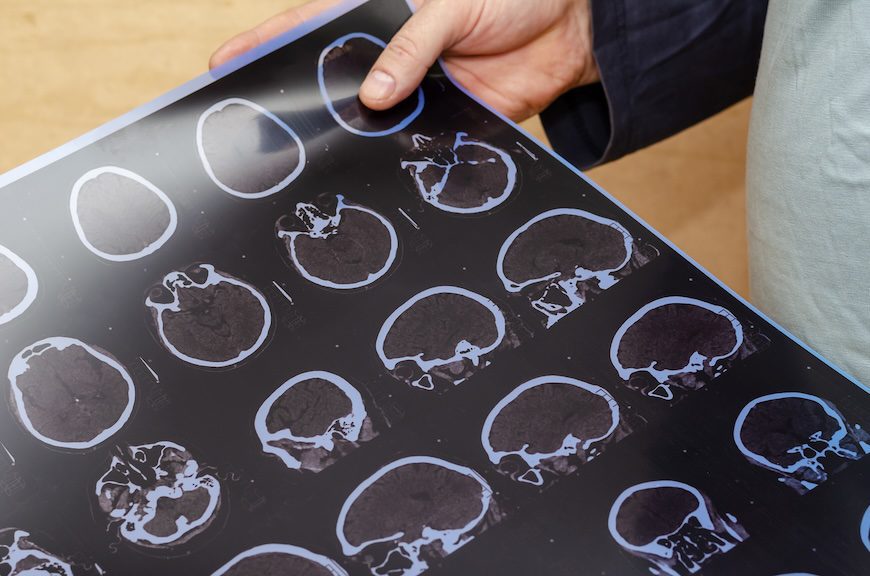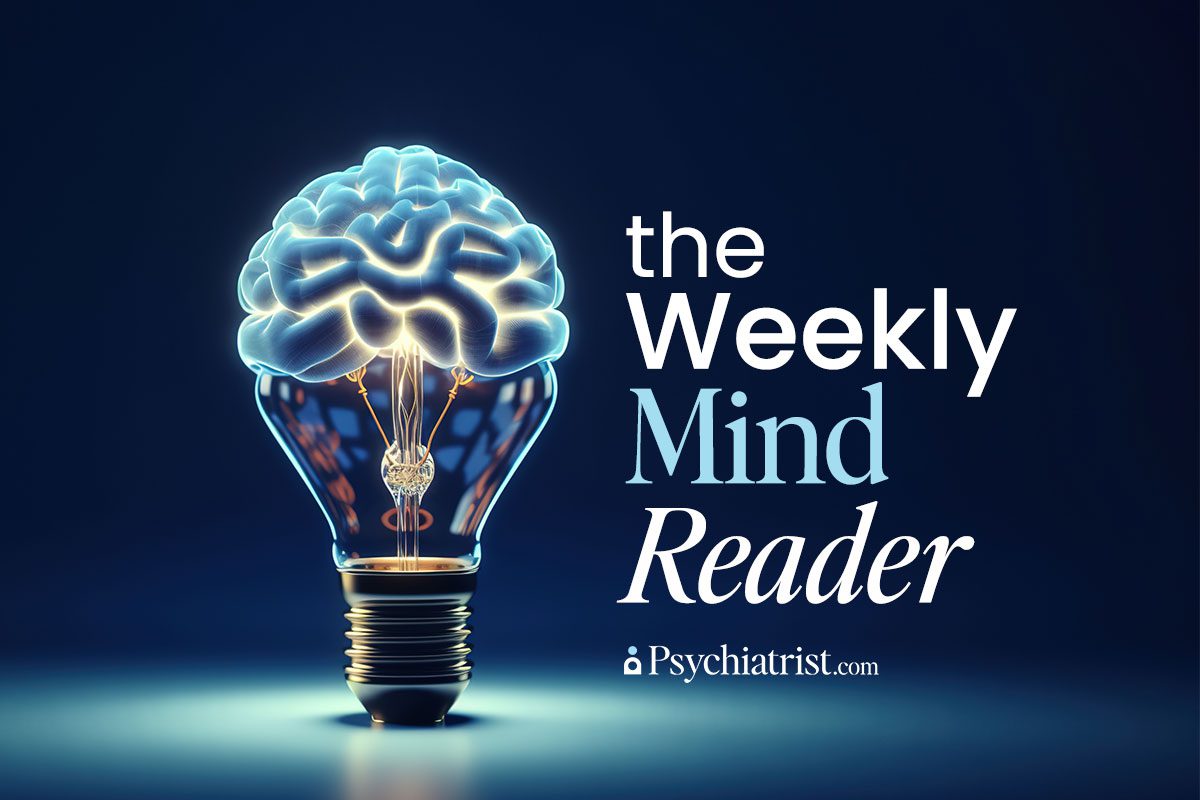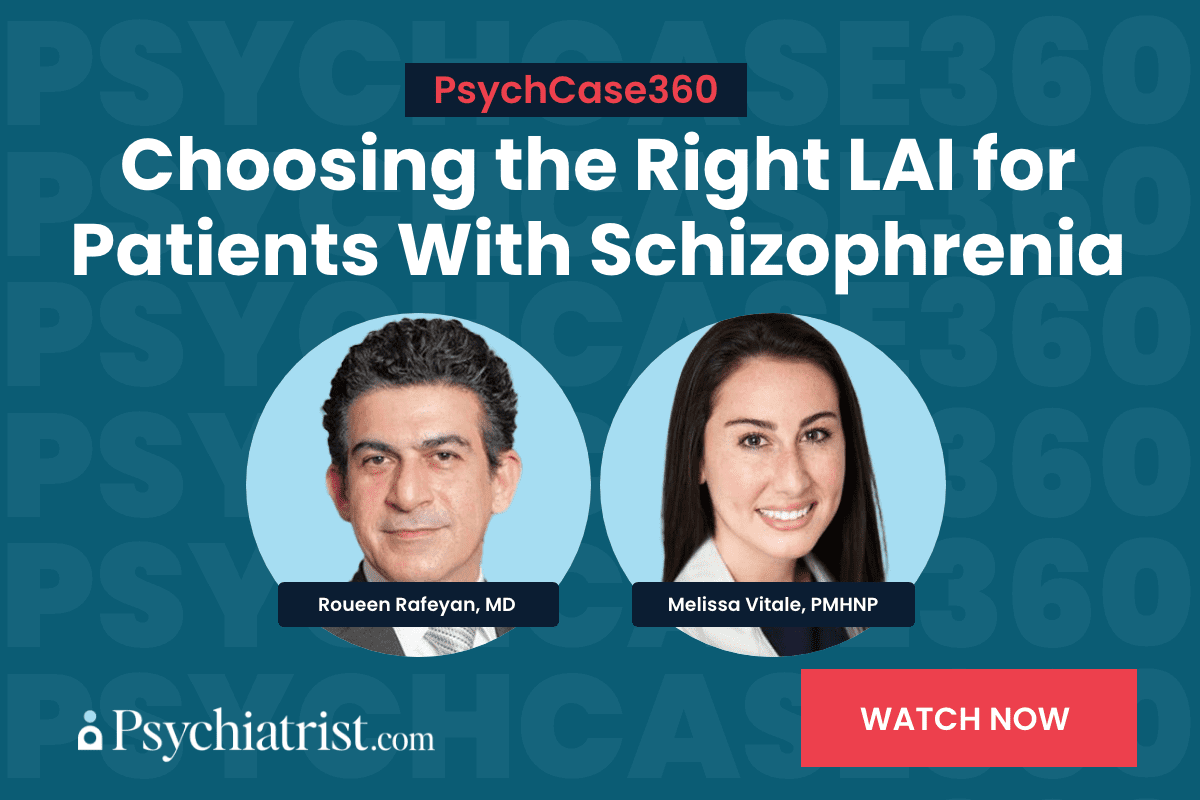Another year, another Super Bowl. And maybe another Chiefs victory. Bias aside, for many, the biggest U.S. sporting event is also the biggest social event of the year. It’s a rare “game” that transcends sports and attracts the interest of many who ordinarily couldn’t be bothered.
In an age where viewer attention is more splintered than ever – between our smartphones, streaming services, and, yes, even happy hours – it’s a broadcast television event that still pulls in an amount of eye-watering ad revenue. A 30-second spot for this year’s rematch between the Kansas City Chiefs and the Philadelphia Eagles runs more than $8 million.
It’s little wonder. In addition to airing on Fox, free streaming service Tubi will broadcast the game, driving expected viewership north of 120 million. It’s become such a big deal that a lot of people insist it can’t be contained to a single day. According to Talker Research, more than half of the country – 55 percent – feel like the Monday after the Super Bowl should be a national holiday.
So, before this year’s big game, we’ll once again highlight related (or at least adjacent) academic research.
Gambling…Again.
As the tidal wave of legalized gambling continues to wash across the country, The American Gaming Association (AGA) reports that Americans will wager a record $1.39 billion in legal bets on Super Bowl LIX. Over the past half dozen years, 38 states and the District of Columbia have launched legal sports betting markets.
“No single event unites sports fans like the Super Bowl, and that excitement extends to sports betting, with this year’s record legal handle reflecting its widespread appeal,” AGA President and CEO said Bill Miller said. “This figure underscores the positive impact of the legal market — from protecting consumers to generating tax revenue that benefits communities across the country—while enhancing the game experience for all.”
A new Bankrate survey shows that’s sports betting is just one of several vices that Americans have become enamored with:
- About 84 percent of us spend our money on alcohol, lottery tickets, casino games, tobacco, sports betting or marijuana.
- Members of high-income households are partial to drinking and/or gambling, while those in lower-income homes prefer tobacco and marijuana products.
- Roughly half of Americans spend money on at least one of these vices monthly. And almost one in three of us – 32 percent – do so at least once a week.
- Gen Xers love their vices, spending more on them than any other generation. But every generation has its preferences. Sports betting remains the most popular choice among Gen Zers.
Concussions.
Injuries – namely concussions – persist as one of the few drags on the NFL’s rise to popularity. It’s a risk that remains sport agnostic: The latest research confirms that anywhere between 1.6 million and 3.8 million athletes suffer concussions every year in the United States.
Despite that, and after years of criticism, the NFL has managed to stem the tide of concussions. In its latest annual injury report, the league announced that concussions fell 17 percent compared to the previous year, marking a historic low that includes both preseason and regular season practices and games.
League officials attribute the huge drop-off to several changes.
“Today is an important milestone but not the end of our work,” NFL executive vice president overseeing player health and safety Jeff Miller said in a Jan. 30 press release. “Through improved equipment, rules modifications and a continued culture change, we will make the game safer and more exciting.”
The introduction of the Dynamic Kickoff rule played a pivotal role in reducing injuries, league officials added. Kickoff returns tumbled 57 percent, while concussion rates on one of the sport’s most dangerous plays fell 43 percent.
Eagles Autism Foundation Champions Inclusion, Research
Finally, the Philadelphia Eagles, led by team owner Jeffrey Lurie, have already emerged as champions when it comes to advancing autism research.
Lurie drafted neuroscientist (and Rutgers University professor) Emanuel DiCicco-Bloom to serve as scientific advisor of the Eagles Autism Foundation, helping steer millions of dollars toward research every year.
Since launching in 2017, the Eagles Autism Foundation has expanded its grant program from $2.4 million to more than $10 million. Unlike most nonprofits, 80 percent of funding goes to basic science research, targeting early-career scientists and high-risk projects that most researchers wou;dn’t consider.
But its about more than research. The teams established sensory-friendly spaces at Lincoln Financial Field while working with local businesses to foster employment opportunities for individuals with autism.
Further Reading
Enduring Popularity Drives Super Bowl Research
History of Concussion and Risk of Severe Maternal Mental Illness
Siblings With Autism Share More of Father’s DNA, Not Mother’s



